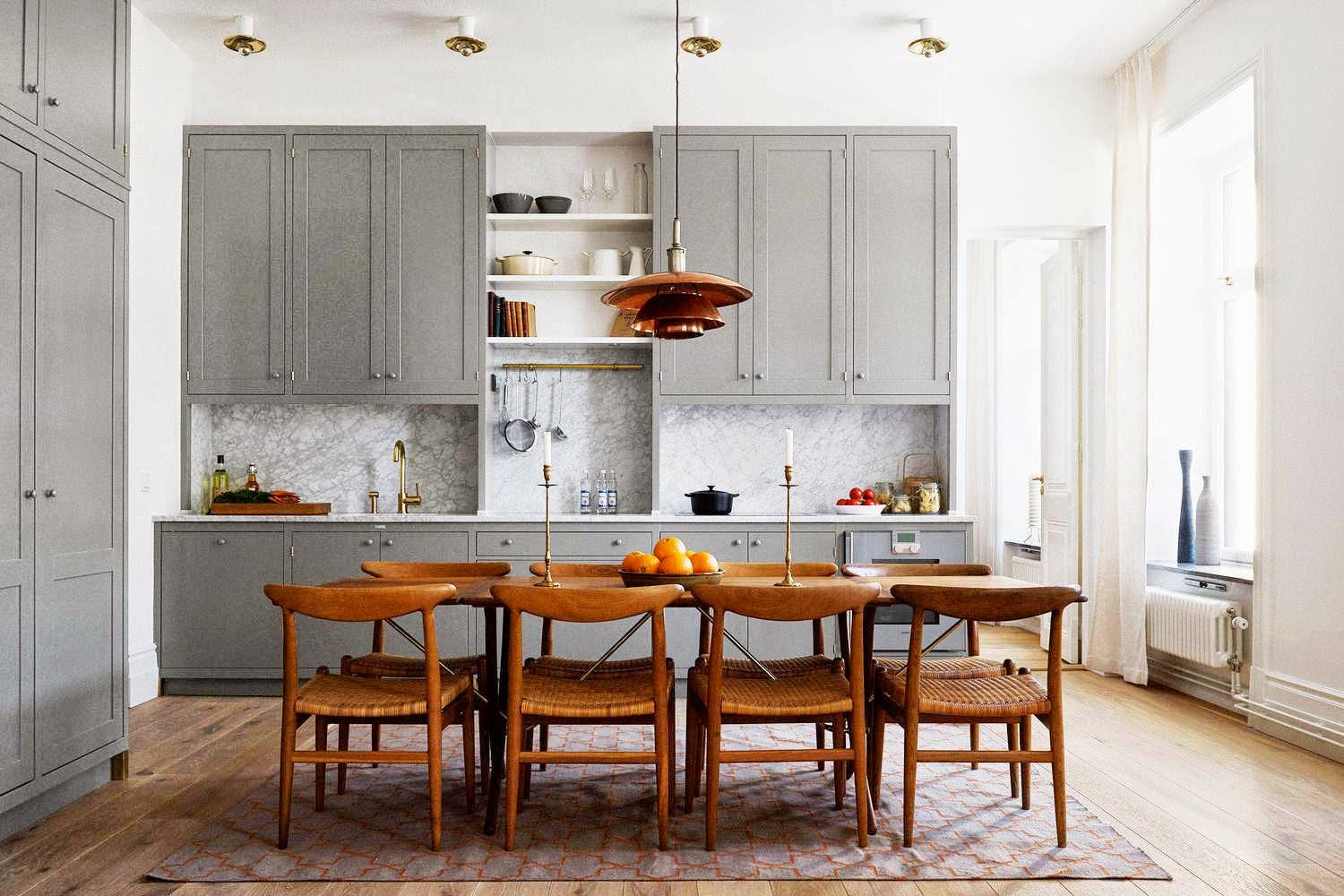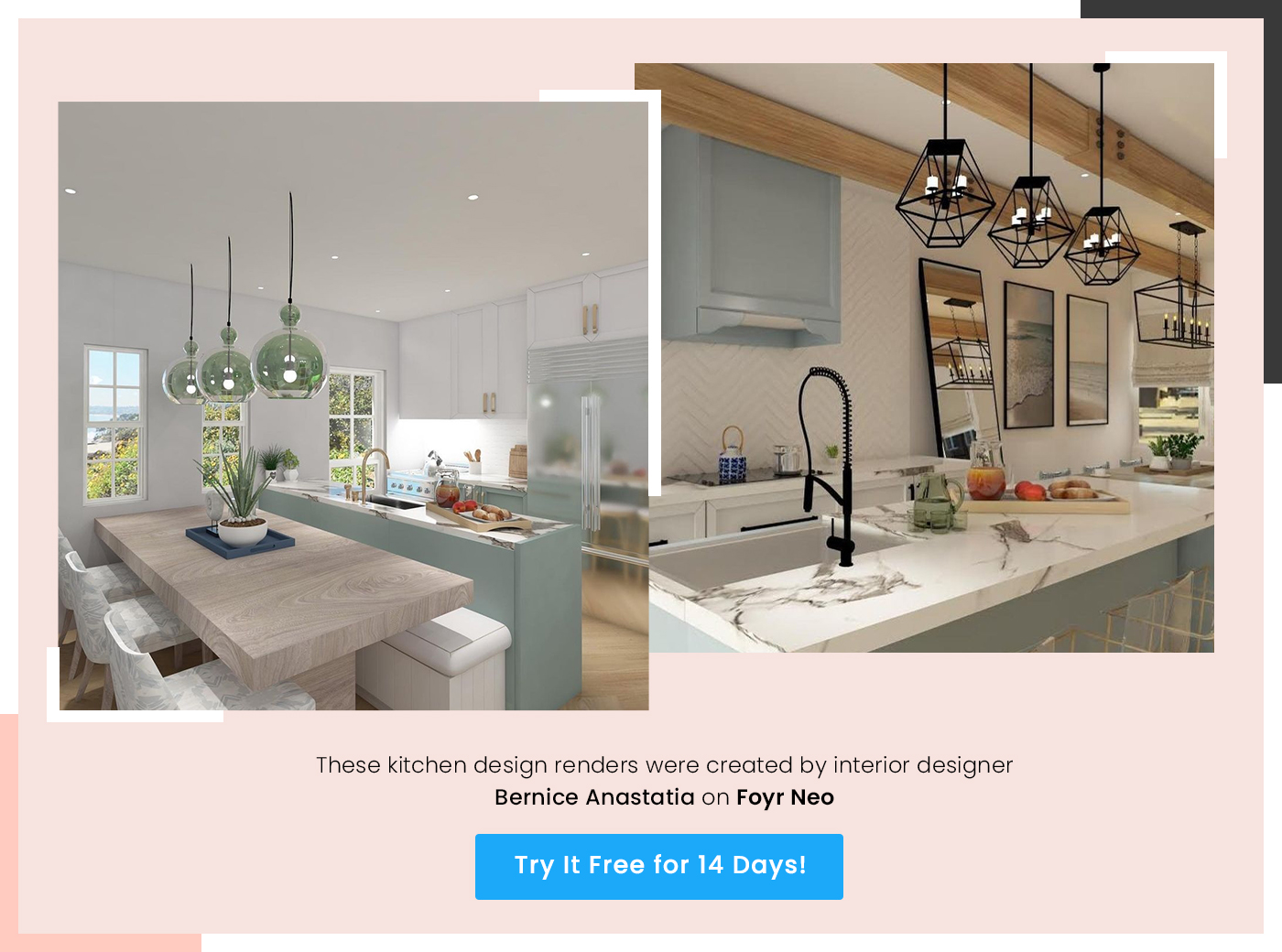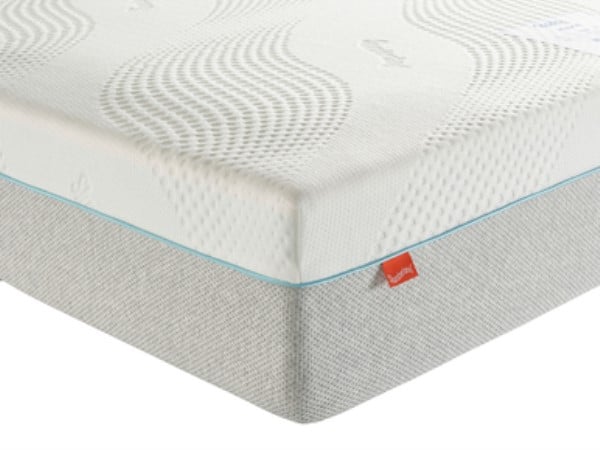The Colonial American house design goes back hundreds of years and is still a popular style today. This style of American architecture was heavily influenced by the styles from England and other European countries of the 17th and 18th centuries. The hallmark of the colonial-style house is a symmetrical shape, a central entrance, and a basic rectangular form. This type of home is also commonly used in the East Coast style known as the "salt box" style. Its hallmarks include a gable-front roof that slopes to the rear and six-over-six windows.Colonial American House Design
Another popular English building design is the post-medieval style. This style of architecture was heavily influenced by the religious structures of medieval Europe and was used extensively in castles, fortifications, and cathedrals. This style of building can be easily recognised by its pointed or curved arches, as well as its use of ribbed vaults, towers, and high-flying battlements. Post-Medieval English Building Design
The early Dutch Barn building design was a style used in the United States in the 17th century and it is still seen in some areas today. This type of building was most commonly used for storage and as a home for animals or bedding materials. These buildings were typically divided into two parts, the threshing floor which provided access to a wide variety of crops and the threshing barn that provided access to the animals that were housed in the building. This type of structure helped to provide protection against the elements and allowed for the easy passage of goods and people through the same area.Early Dutch Barn Building Design
The English Jacobean architecture style was popularised in the late 16th century and was heavily influenced by the Renaissance period in Europe. Buildings of this style can often be identified by their intricate details and beautiful curved lines. These buildings featured large gardens, grand entrances, and distinctive staircases, and they often featured tall towers and chimneys. This style of architecture was popularised within English manor houses and royal homes.English Jacobean Architecture Style
The French Chateau design from the 17th century is a luxurious and elegant style of architecture. This style of building was heavily influenced by the Italian Renaissance and featured opulent gardens, grand courtyards, and wide terraces. The design and plan of these buildings was meant to be pleasing and luxurious and these buildings often featured distinctive towers and high walls. This type of building was used as a means to display wealth and luxury, and these buildings often featured significant amounts of gold and other precious metals.French Chateau Design from the 17th Century
The English Elizabethan house design came about in the 16th century and was heavily influenced by the Italian Renaissance. These buildings were typically large and stately with intricate designs and luxurious features. This type of house often featured two or three storeys with high ceilings and large windows. This type of house was used to display a sense of wealth and sophistication as well as to provide a grand function venue.English Elizabethan House Design
English Classical architecture is a style of architecture developed in the late 18th century. This type of architecture was heavily influenced by the Italian Renaissance and the Baroque styles of architecture. This type of building often featured columns, pediments, and other ornamental details inspired by the Classical Age. This style of building was most popular amongst the wealthy and elite who could afford to commission designs of this nature.English Classical Architecture
The English Medieval castle design is another popular style of architecture that dates back to the Middle Ages. These buildings are often characterised by their towering heights, heavy fortifications, and huge interior spaces. These castles were designed to protect people from outside threats and many features were built into them to ensure this, such as moats, drawbridges and portcullises. These castles were also built to be comfortable homes for the families that lived there, and many of them still remain standing today.English Medieval Castle Design
The Georgian architecture of America is a style of architecture popular in the late 18th and early 19th centuries as the United States grew in population and wealth. This style of architecture was heavily influenced by classical architecture from Ancient Rome and Greece, and often featured symmetrical designs, triangular pediments, and arched walls. This style of building often featured grand entrances, ornate windows, and detailed doorways, and it was a popular style for both public and private buildings.Georgian Architecture of America
The Seventeenth-century English cottage design is another popular style of architecture from the 1600s. This type of building was typically used as a secondary home for people living in rural areas and the structure was usually simpler than larger structures. This type of building was often constructed from local materials and usually featured a single storey, low ceilings, small windows, and a thatched roof.Seventeenth-Century English Cottage Design
The English Georgian Mansion Design was another popular style of architecture used in the 1700s, and this style of home was derived from the Classical revival period of England. This style of building is often characterised by its ornamental accents, large windows, high ceilings, and stunning interiors. These buildings were often located in the countryside and their large sizes and grand facades suggested status and luxury. This style of building was often used by wealthy and influential figures of the period, and many of these buildings can be found throughout the English countryside.English Georgian Mansion Design
17th Century American House Design
 The 17th century was a time of great exploration and development for the American architectural style. By looking at certain identifying characteristics and features, it's possible to identify a 17th century American house design. One of the most recognizable features of 17th century American house design is the
Georgian style
. This style was popular from the mid-17th century to the early 19th century, and is still popular today. Common features of Georgian houses include the use of symmetrical spatial arrangements with a central hall, as well as a setting of columns, straight lines, orderly plan, and limited decoration.
Other 17th century American house designs include the
Dutch colonial style
and the
American colonial style
. Dutch colonial style houses contain Flemish-style features, such as gambrel-style roofs, while American colonial style houses are usually two-story buildings with asymmetrical spatial plans. Buildings constructed in the early American colonial style often contain
masonry chimneys
, while the more modern Dutch colonial style houses may contain radiators or integral fireplaces.
One of the main identifying features which can be seen in many 17th century American house designs is the use of
bricks and wood
as core elements for house construction. Bricks were used to construct the exterior walls, while wooden beams, floorboards, and doors were used to furnish the interior. Other materials that were commonly used in 17th century American architecture include stones, stucco, plaster, and shingles.
17th century American house designs also focus heavily on
sustainability
. Many of the houses made during this period used natural resources to construct the building, and were energy-efficient by using natural materials and methods of insulation. Additionally, many of these structures featured green roofs that allowed them to capture rainwater and utilize natural cooling, reducing energy costs.
Finally, 17th century American house designs often featured intricate details and decorative elements. These included ornate window frames, shutters, and porches. Carved wood was also used to provide additional architectural interest, while iron castings were often used for decorative features such as hinges and latches. These details can still be seen today, serving as a reminder of the design and construction style of the 17th century.
The 17th century was a time of great exploration and development for the American architectural style. By looking at certain identifying characteristics and features, it's possible to identify a 17th century American house design. One of the most recognizable features of 17th century American house design is the
Georgian style
. This style was popular from the mid-17th century to the early 19th century, and is still popular today. Common features of Georgian houses include the use of symmetrical spatial arrangements with a central hall, as well as a setting of columns, straight lines, orderly plan, and limited decoration.
Other 17th century American house designs include the
Dutch colonial style
and the
American colonial style
. Dutch colonial style houses contain Flemish-style features, such as gambrel-style roofs, while American colonial style houses are usually two-story buildings with asymmetrical spatial plans. Buildings constructed in the early American colonial style often contain
masonry chimneys
, while the more modern Dutch colonial style houses may contain radiators or integral fireplaces.
One of the main identifying features which can be seen in many 17th century American house designs is the use of
bricks and wood
as core elements for house construction. Bricks were used to construct the exterior walls, while wooden beams, floorboards, and doors were used to furnish the interior. Other materials that were commonly used in 17th century American architecture include stones, stucco, plaster, and shingles.
17th century American house designs also focus heavily on
sustainability
. Many of the houses made during this period used natural resources to construct the building, and were energy-efficient by using natural materials and methods of insulation. Additionally, many of these structures featured green roofs that allowed them to capture rainwater and utilize natural cooling, reducing energy costs.
Finally, 17th century American house designs often featured intricate details and decorative elements. These included ornate window frames, shutters, and porches. Carved wood was also used to provide additional architectural interest, while iron castings were often used for decorative features such as hinges and latches. These details can still be seen today, serving as a reminder of the design and construction style of the 17th century.

















































































































